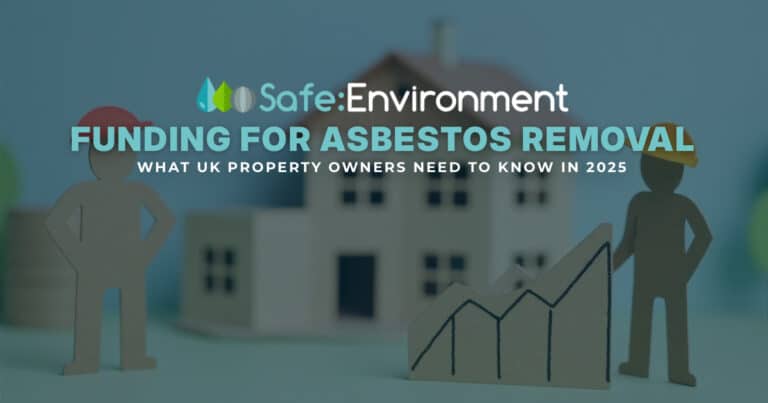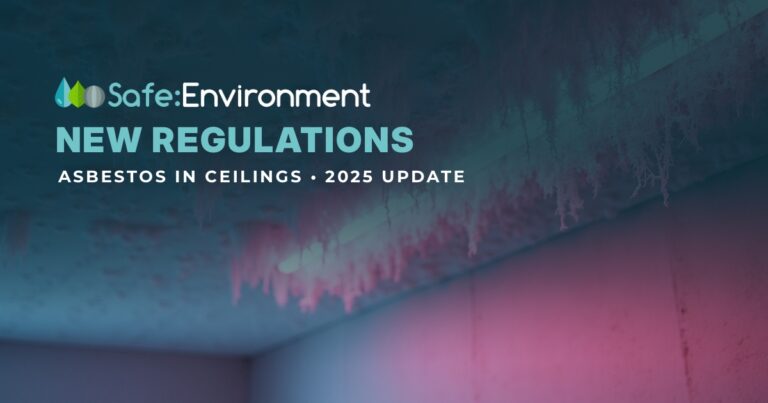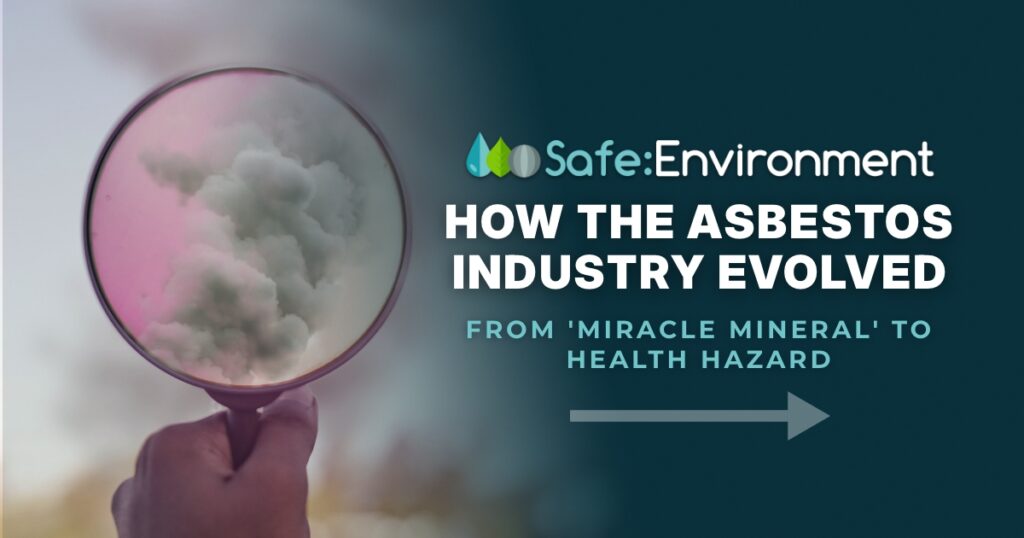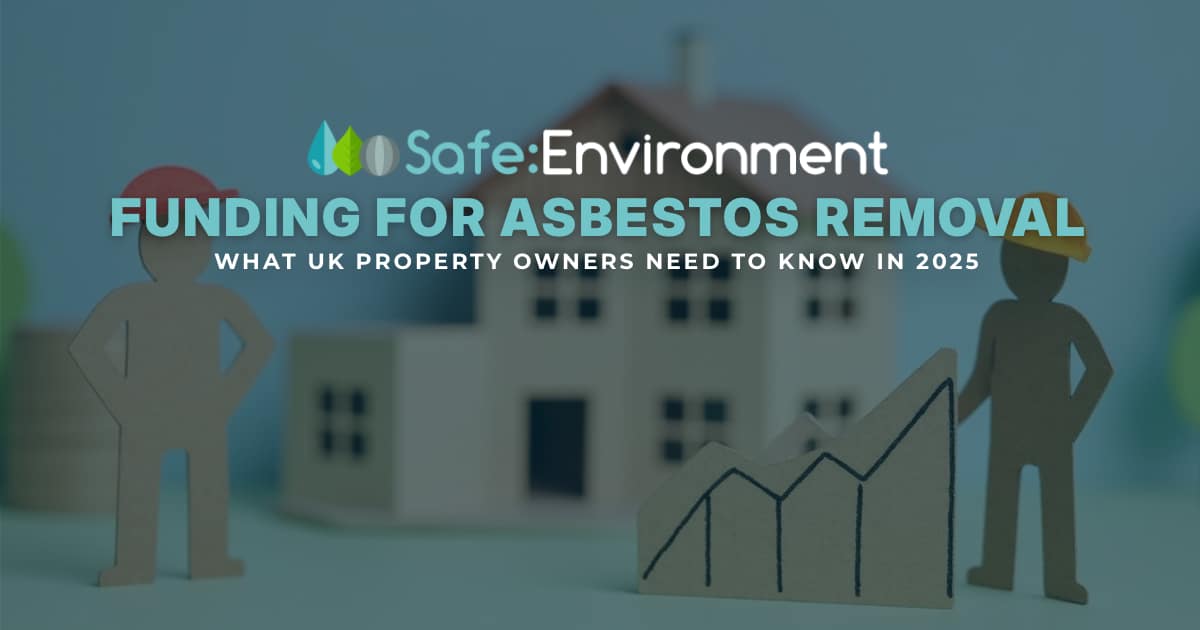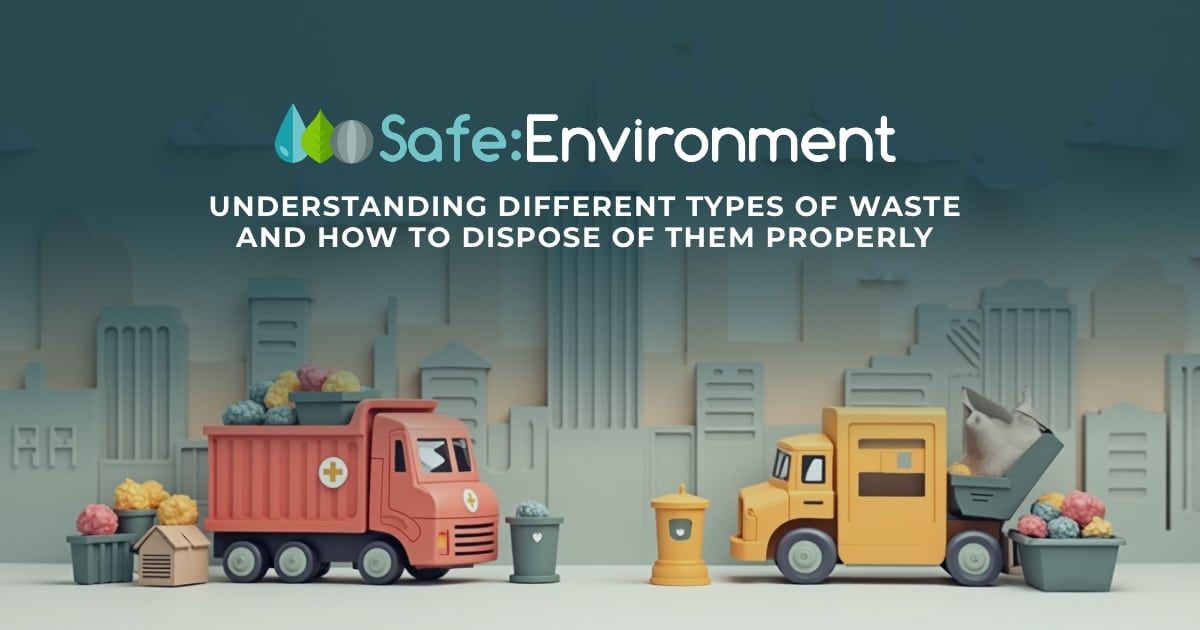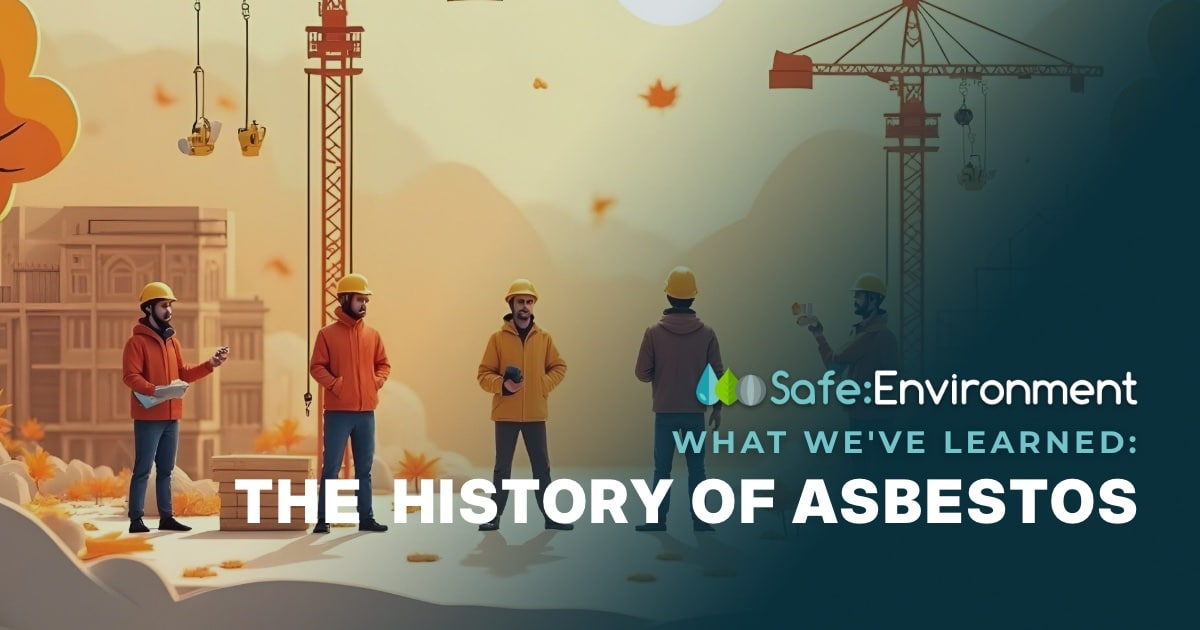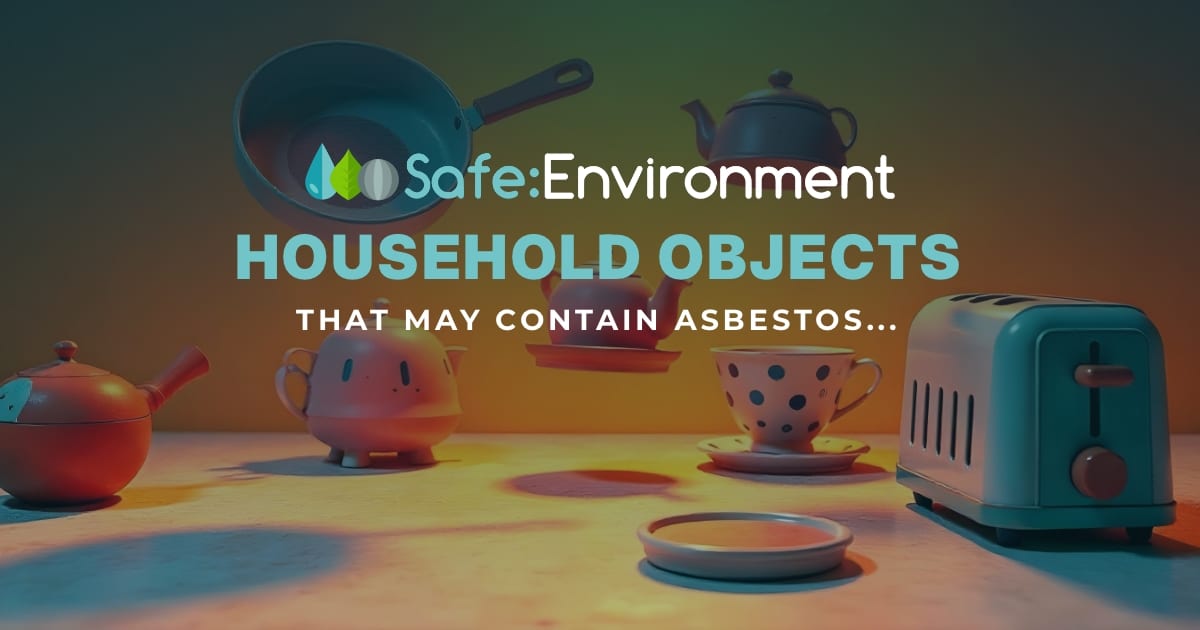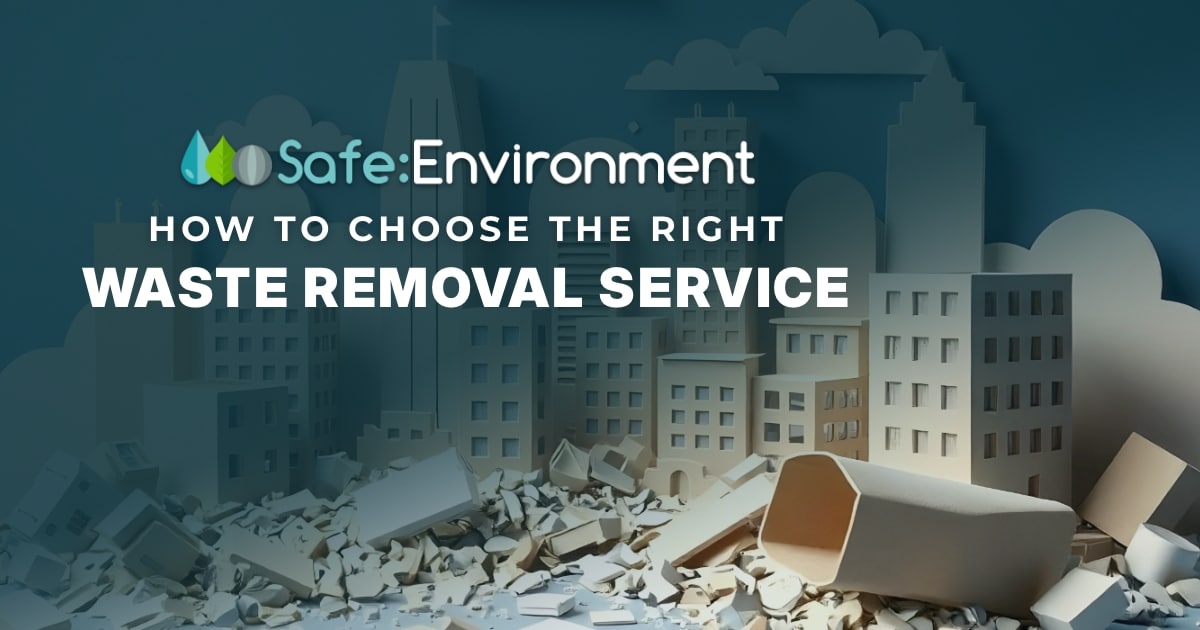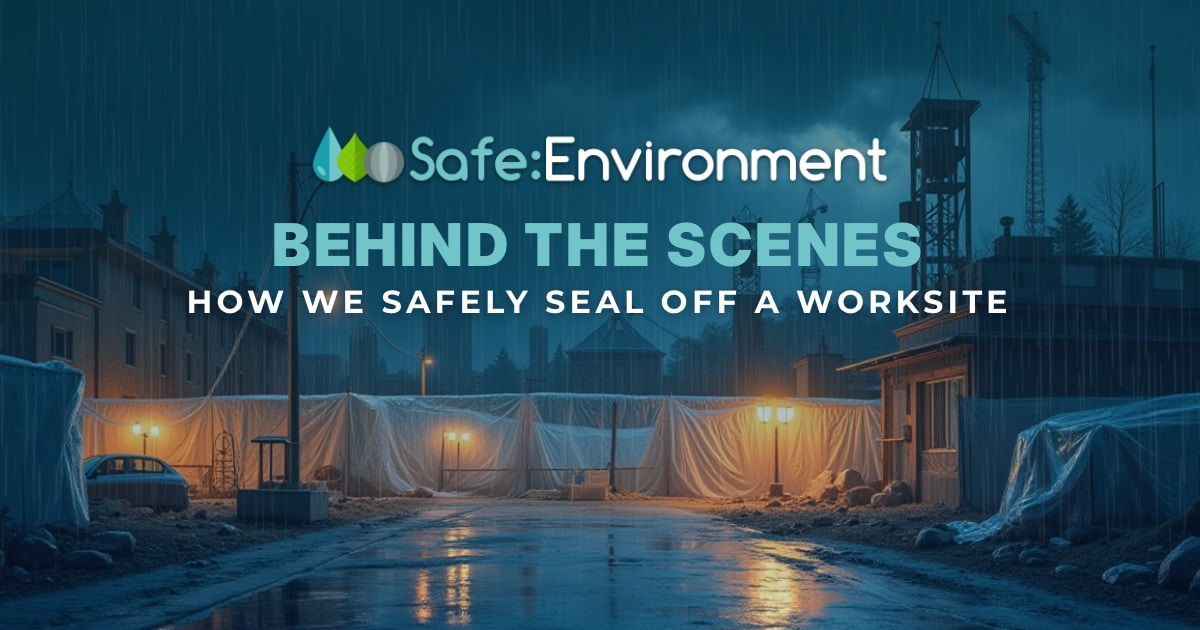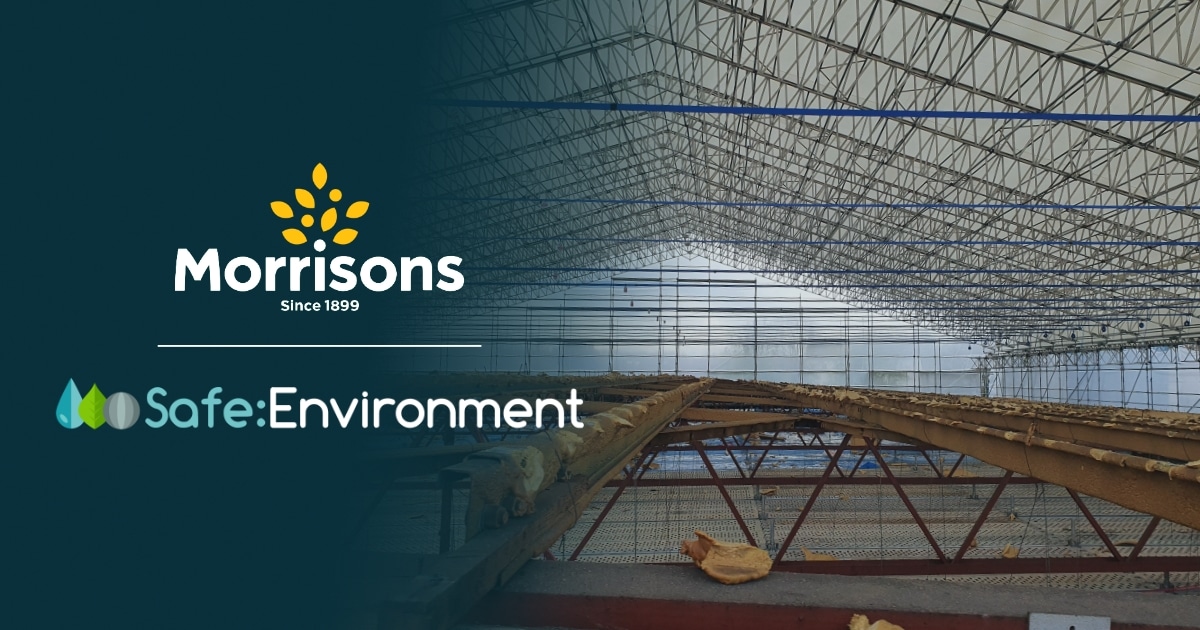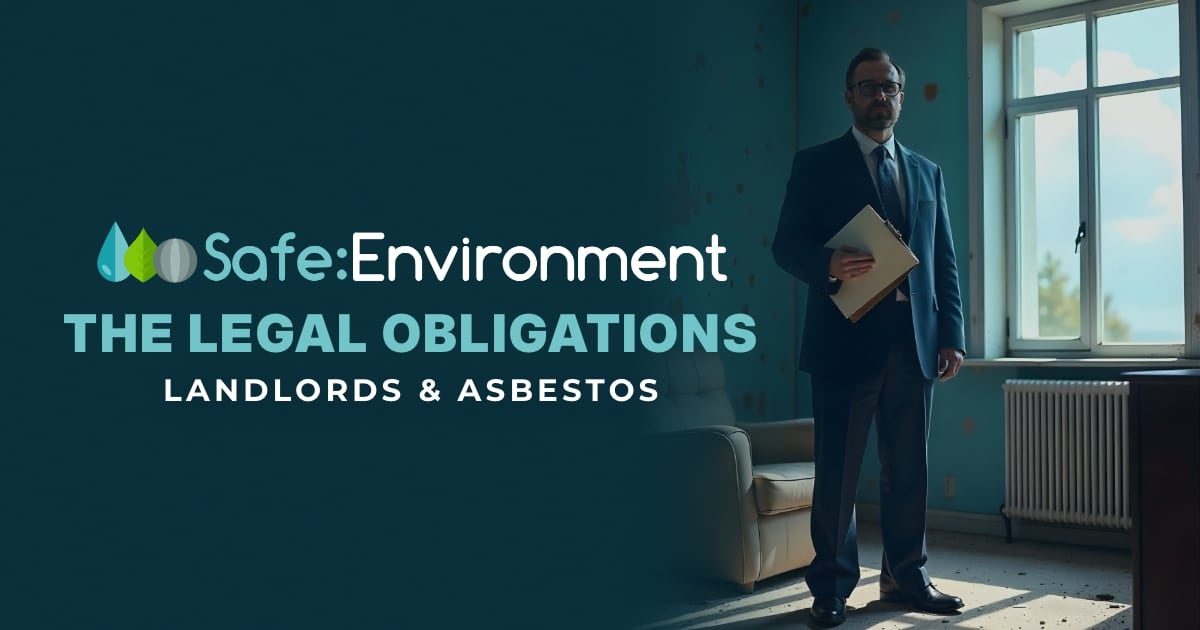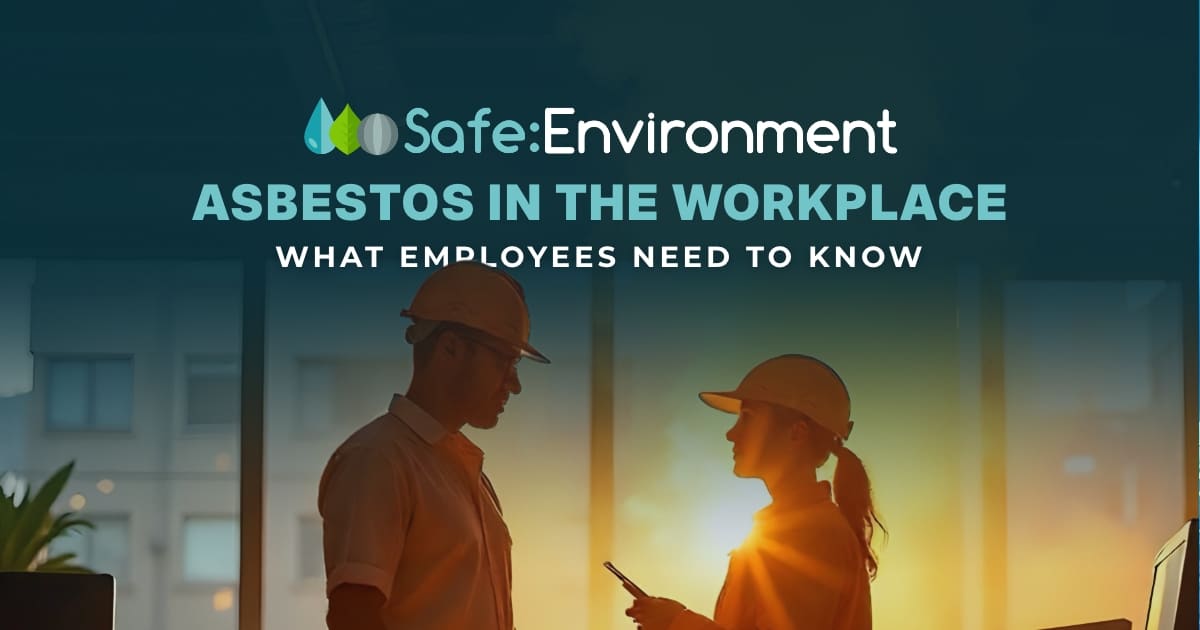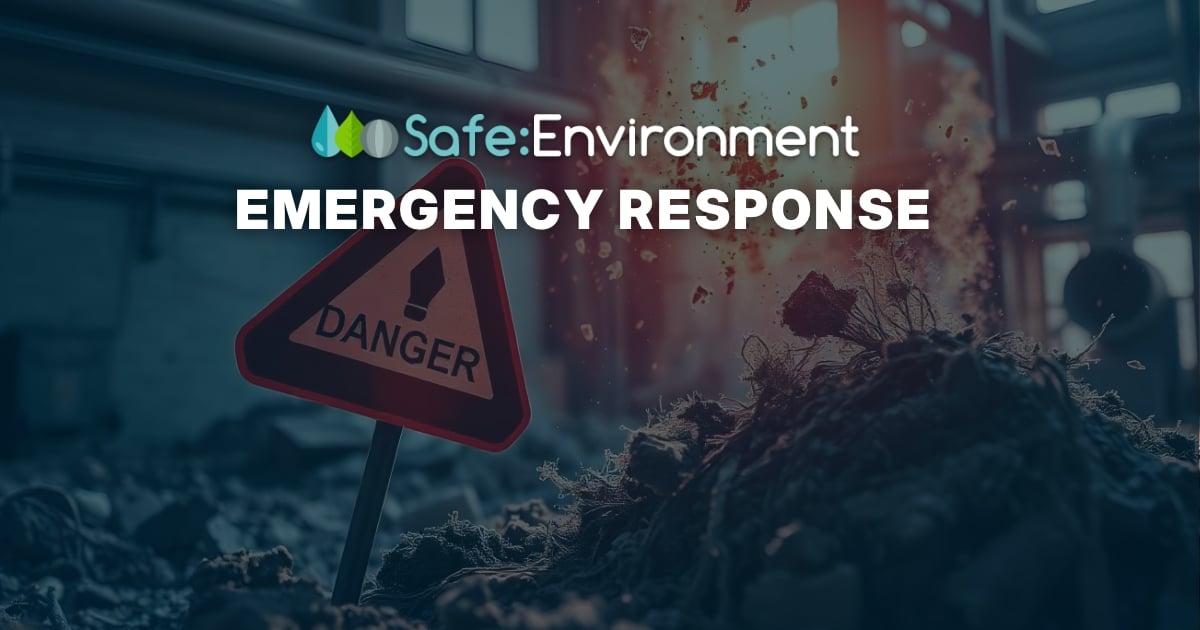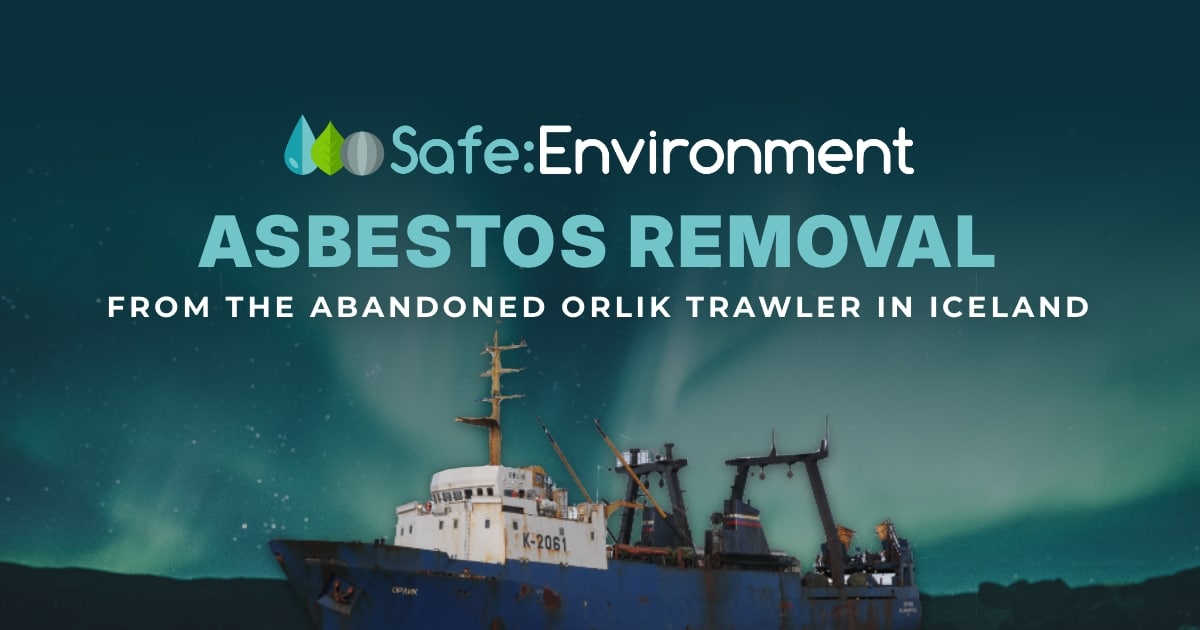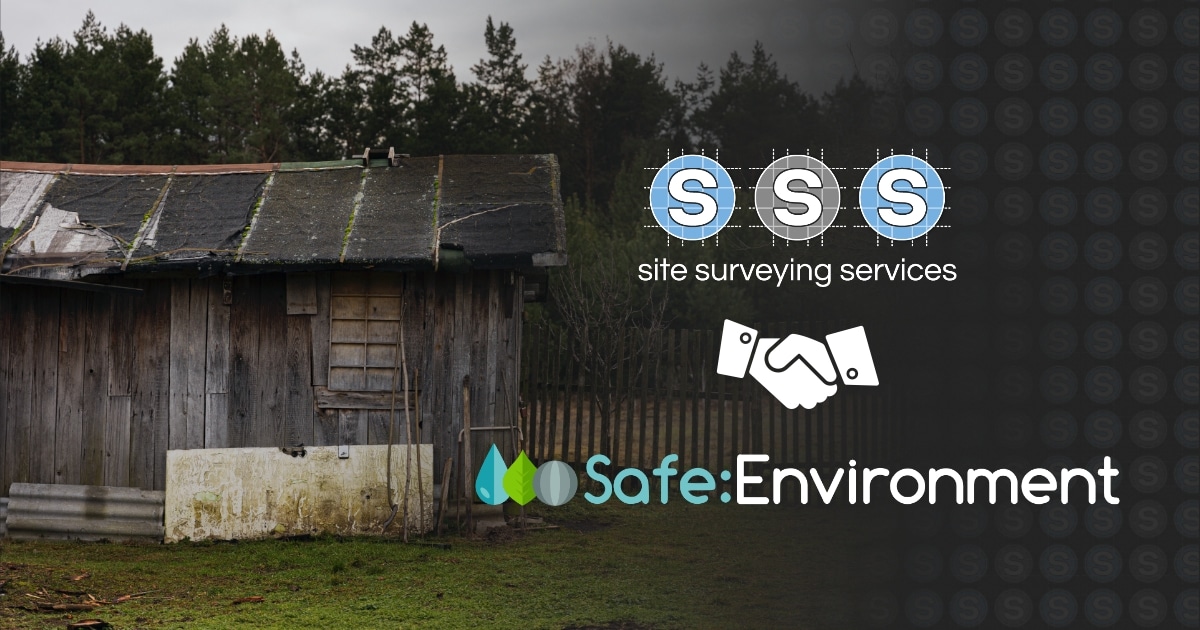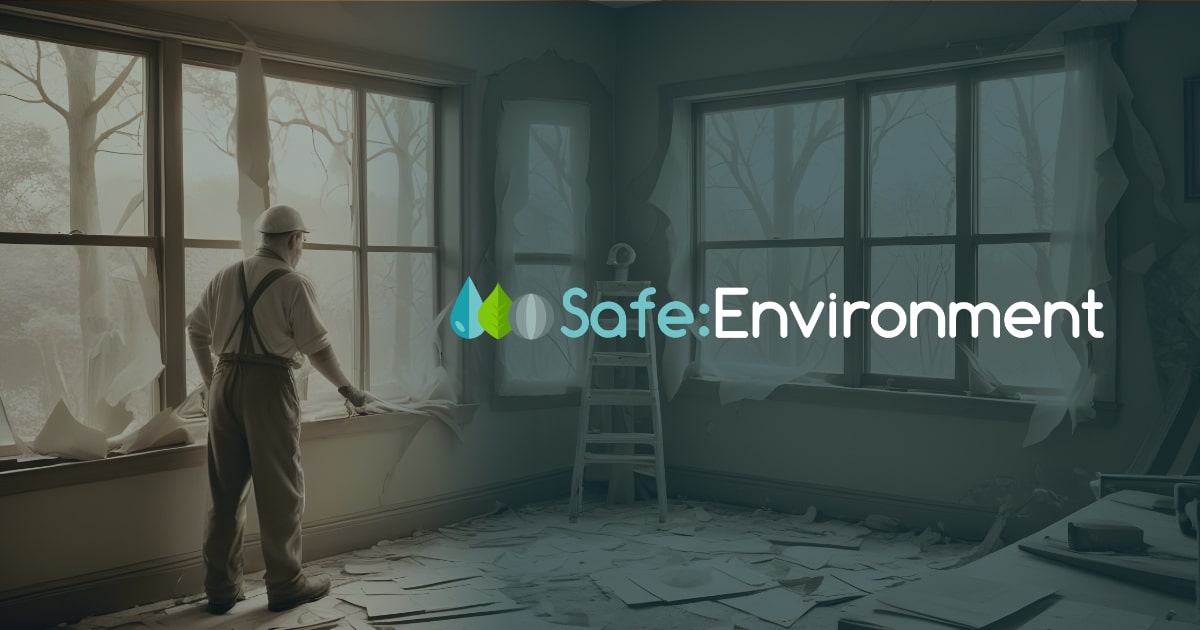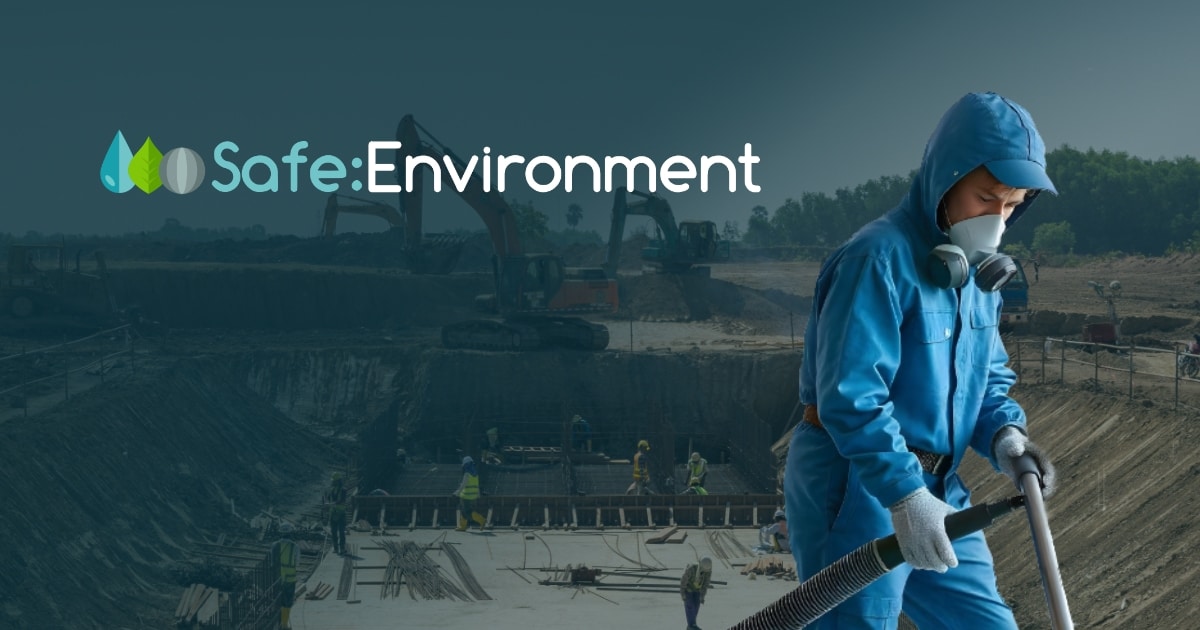How has the asbestos industry evolved? Asbestos, once hailed as a “miracle mineral,” has a story as complex as its fibrous structure. For centuries, this naturally occurring material was celebrated for its incredible heat resistance, durability, and insulating abilities. But in the 20th century, its reputation took a nosedive as the world began to understand the serious health risks it posed. This article looks at the rise and fall of asbestos—from being an industrial superstar to a global health crisis.
The Rise of Asbestos: A Miracle Mineral
Asbestos has been around for thousands of years. Ancient civilisations like the Egyptians, Greeks, and Romans admired its fireproof qualities and used it in everything from burial shrouds to building materials. But it wasn’t until the industrial revolution that asbestos became a household name.
In the late 19th and early 20th centuries, industries were booming, and they needed to use materials that were tough, fire resistant, and long lasting. Asbestos ticked all those boxes. It was everywhere—in construction, shipbuilding, cars, and even household products like insulation and roofing tiles. Its abundance and versatility earned it the nickname “miracle mineral.”
Early Warnings: Trouble in Paradise
Even in its heyday, there were warning signs about asbestos. As far back as the late 1800s, workers in asbestos factories were complaining about breathing problems. By the early 20th century, doctors were starting to make connections between asbestos exposure and lung diseases. One of the first high-profile cases was Nellie Kershaw, a British textile worker who died in 1924 from asbestosis. Her death prompted initial investigations into the dangers of asbestos.
Unfortunately, these early warnings were mostly swept under the rug. Companies making big money from asbestos products either ignored or actively suppressed the health concerns. This lack of transparency allowed the problem to grow unchecked for decades.
The Fall: When the Truth Came Out
By the mid-20th century, the writing was on the wall. Scientific studies linked asbestos exposure to serious illnesses like asbestosis, lung cancer, and mesothelioma—a rare but deadly cancer almost always caused by asbestos. Governments and health organisations started to take notice.
In the 1970s, countries like the U.S. and the UK began regulating asbestos use. Public awareness campaigns shone a spotlight on the dangers, and lawsuits from workers and their families made headlines. By the late 20th century, many countries had banned or heavily restricted asbestos, but the damage had already been done. Millions of buildings still contained asbestos, and the health crisis wasn’t going away anytime soon.
The Modern Era: Dealing with the Aftermath
Today, asbestos is recognised as a major health hazard. Organisations like the World Health Organisation (WHO) and the International Labour Organisation (ILO) are pushing for a global ban. Many countries now have strict rules about how asbestos can be removed and disposed of safely.
But the fight isn’t over. In some developing countries, asbestos is still being used because it’s cheap and easy to get. Meanwhile, older buildings in developed nations are full of asbestos, which can pose risks during renovations or demolitions. That’s where professional asbestos removal services, like those from Safe:Environment, come in—to help manage the risks and keep people safe.
What We’ve Learned about the asbestos industry
The story of asbestos is a powerful reminder of what can happen when industries put profits ahead of people. It also shows how important it is to listen to science, be transparent, and take health risks seriously.
As we look to the future, the lessons from asbestos should guide how we handle new materials and technologies. Keeping people safe has to be the top priority, no matter how promising something might seem at first.



